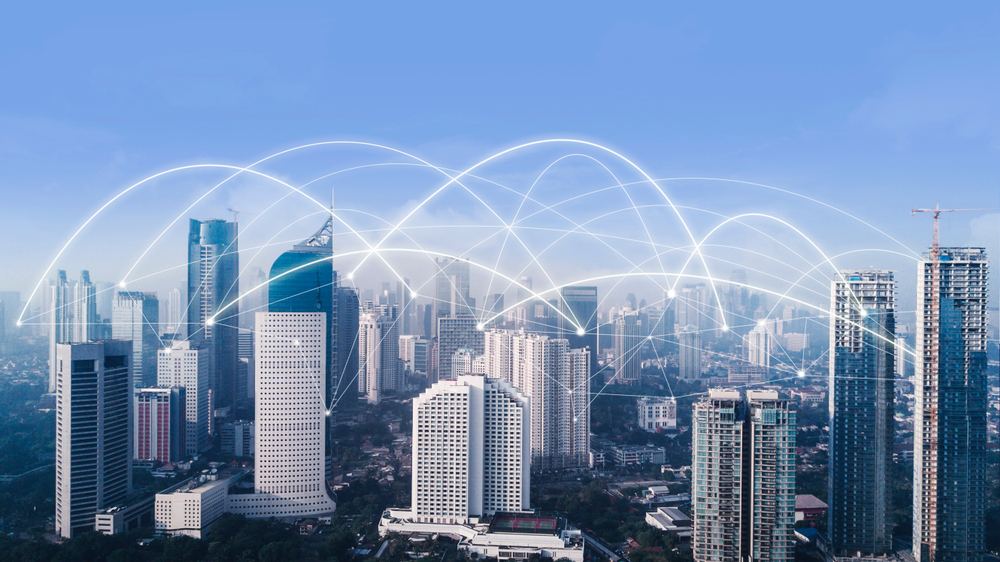Tapping rewards of BIM in AEC
For projects involving civil engineering and infrastructure, TopBIM Company provides BIM modeling services. Our internal team includes architects, MEP engineers, civil engineers, and BIM modelers who are skilled in overseeing infrastructure and civil building projects. We support our clients’ off-site and on-site cooperation while assisting with project visualization, scheduling, and budgeting.
Our diverse team can successfully cope with issues when it comes to creating infrastructures like bridges, tunnels, highways, dams, and other public amenities, determining the most appropriate solution. BIM implementation can also increase precision and accuracy during the pre-construction stage of an infrastructure project, lowering the risk of mistakes and misunderstandings and opening the door for more well-informed decision-making.
We provide detailed water treatment plant and sewage treatment plant designs. We help you to design water treatment plants in 3D, along with budgeting and scheduling. The coordinated BIM model includes the modeling, clash detection, and coordination of watersheds, dams, stormwater facilities, and drainage. In order to capture the as built changes for operations and maintenance, we deploy digital twin facility management technology to keep the model synchronized and updated on a regular basis according to the infrastructure.
We provide you with integrated BIM models for the design of bridges which includes shop drawings, Quantity Take Off (QTO), and Bill of Quantities (BOQ). We assist bridge owners in maximizing the return on investment of BIM for civil and infrastructure by reducing the cost of new bridge construction and the total life cycle cost of the bridge, as well as shortening the time it takes to go from initial planning and preliminary design to final completion of new bridge construction, operation, and maintenance.
The benefits of BIM for infrastructure and civil can be used in the entire project cycle of tunnel design, construction, and operations. The planning and construction of tunnels are loaded with significant danger and complexity because they include intricately interconnected systems comprising aspects of multiple engineering disciplines and intricate geometry. The use of BIM for tunnel modeling, on the other hand, gives a realistic intelligent 3D BIM model of the components involved that connect with one other, enabling the clashes to be detected and coordinated at an early stage.
The earliest phase of developing land or site is a crucial moment for BIM Building Information Modeling. When this site model is later prepared and utilized for building positioning, and underground utility development., this data is utilized. As part of any land development process, a laser scan survey of the site’s topographical data is gathered. Our engineering team then converts this point cloud data into a 3D BIM model using the Scan to BIM process.
Water, gas, electricity, and communications are all provided by underground utilities so that people can go about their daily lives unhindered. Underground utilities such as pipelines, electric cables, and telecommunications lines can now have their topography data, location, coordinates, and other details shown and managed in one Common Data Environment (CDE), providing a potent and easy tool for all parties involved for facility management. Utilizing a BIM-GIS technology in the utility infrastructure allows for more efficient utility information management during the whole project lifecycle, from pre-planning to post-construction operations.
Dams have a very complex planning, designing, construction, operation, and maintenance process. BIM for civil and infrastructure can be used for the structural analysis and visualization of dam projects. The main advantage of BIM for dams lies in the operations stage. Information about the dams’ operation, such as the opening and closing of valves and gates, the volume of water flowing out of spillways and outlet elements, the levels at which emergency procedures are activated, etc., can be consolidated into a single database using BIM for dams.
These days, public buildings typically consist of multi-use complexes with parking garages, swimming pools, restaurants, and shops. The Architectural modeling, Structural modeling, and MEP modeling components of public buildings such as shopping centers, athletic fields, stadiums, concert halls, etc. can be precisely modeled by our multi-disciplinary team. We offer precast detailing and structural steel detailing services for off-site manufacture of structural elements.
Newly proposed roads and highways frequently cut through or collide with existing underground or overhead infrastructure for water or wastewater services, electrical and gas pipelines, etc., making BIM a game changer in transportation engineering and construction. BIM provides a centralized hub where all stakeholders can discuss and review the project’s progress in real time, allowing for the identification and resolution of potential issues with the project’s components and timeline before any money or time is invested on the ground.
We have the capability to accurately simulate offshore platforms, cofferdams, pipelay supports, breakwaters, and other similar floating facilities. Our BIM systems for offshore buildings allow for real-time design visualization, the generation of precise Quantity Take Off (QTO) and construction sequencing, and the optimization of steel production and maintenance. Our services are available to you throughout the entirety of a project’s lifecycle, from initial conception to final dismantling. This includes everything from planning and design to analysis, documentation, and approval.

We will create integrated and customized preconstruction BIM Model.
BIM modelers use variety parameters to create Revit BIM models. From LOD 100 through LOD 500, different Levels of Detailing are used to generate the BIM model. For creating relevant BIM models for infrastructure & civil, we have a team of Architects, Structural & MEP engineers. Let’s examine the procedures needed to create a BIM for Civil & Infrastructure.
Existing condition survey through Scan to BIM, site modeling & topographic modeling
Design development & coordination, construction documentation, energy analysis, modeling
Fabrication drawings, parametric modeling & spool drawing creation
Utility coordination, shoring modeling, procurement plan, LOD 500 model, as-built update, COBie, FM
Comprehensive knowledge amongst stakeholders, with an emphasis on accuracy and update, the core BIM model ensures work in synchronized coordination.
Comprehending blueprints, visualizing final designs, using BIM with AR & VR
Monitoring time & cost with 4D BIM Planning & 5D BIM for accurate scheduling and material calculation
Using point cloud to BIM, infrastructure gets renovated quickly & effectively
Efficient communication, integrating project components, ensuring constructible design

Yes, BIM is applicable for civil engineering and infrastructure projects. Use BIM (Building Information Modeling) procedures that are smart and integrated to help your projects succeed in the long run, paving the way to a safe and sound infrastructure for your nation.
A collaborative work method for organizing, managing, and exploiting data and information for transportation assets throughout their lifecycle is building information modeling (BIM), often known as BIM for Infrastructure.
Building information modeling (BIM), a comprehensive procedure that can enhance every area of a project, is crucial in the construction industry. The use of digital technologies by the design, construction, and engineering teams is made possible by BIM. In most cases, this produces better overall results.
BIM makes it possible to see existing infrastructure correctly and offer data essential for developing new designs. The gives greater efficiency and shorter project lifecycles to all architectural, engineering and construction professionals.